How to plant radishes?
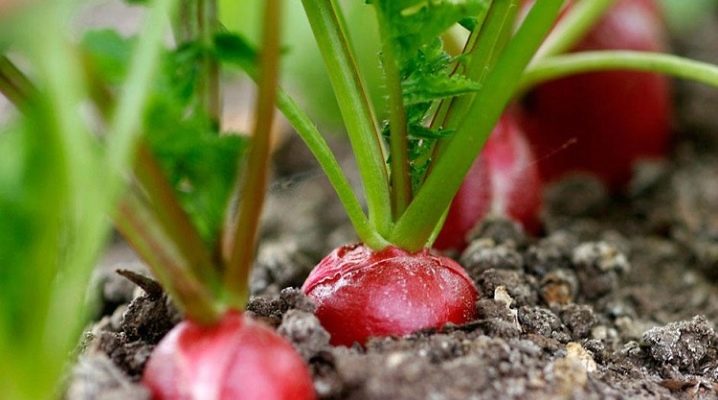
Radish is a small root vegetable... This baby is found in almost every refrigerator or on any garden bed. The plant is unpretentious in care, however, it has a bright taste that sets it apart from its counterparts. Radish lovers note the subtle peppercorn and invigorating pungency that is inherent in most root vegetables.
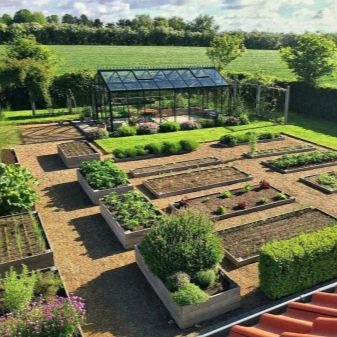
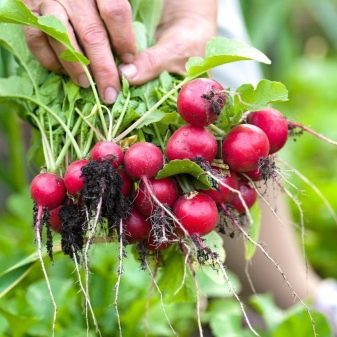
Timing
To plant radishes correctly, you need to take care of favorable conditions for the seeds. The state of your future harvest directly depends on this. The plant develops most harmoniously at temperatures from 15 to 20 degrees. You should not raise it higher, as with a high probability the tops will begin to develop too quickly. This is fraught with the fact that the fruit will become much smaller and lose all its taste. In early spring, when the soil has moved away from frost, young plants can be sown. Already in April, the sprouts should be in the open field, however, in warmer regions of the country, for example, in the Kuban, sprouts are planted in mid or late March. It is necessary to take into account sudden changes in the weather, to be wary of sudden and severe frosts. Radish does not like cold and temperature extremes.
Also, radishes are planted in the fall. The sprouts are placed in open ground even before the first frost. As a rule, this is the end of August or the beginning of September. This is done so that the plant has time to get used to the surrounding conditions and has time to give its harvest. Usually the fruits ripen by mid-October. Radishes are planted in the greenhouse no earlier than the end of September, since the room conditions are much more favorable and sparing.
For this reason, it is possible to complete the collection of ripe fruits only by the beginning of November. However, a greenhouse plant needs moisture and heat regulation. It is necessary to maintain stable conditions so that the radish does not spoil.
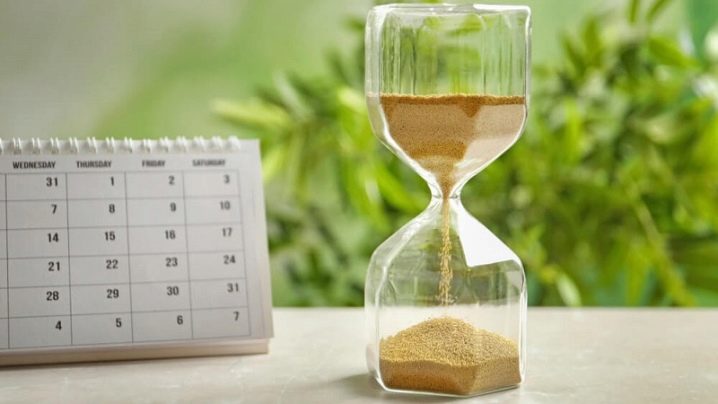
Where to plant?
Before planting, it is worth preparing the place where the radish will grow. With the wrong choice, the plant runs the risk of not taking root, and you will be left without a rich harvest for this year. The characteristics of the variety and its requirements should be taken into account. It is recommended that all prerequisites are met to achieve good results.
At the same time, do not forget about the climatic features of your region, since for some this culture is not intended and grows much worse there. Therefore, first read the recommendations of experienced gardeners and decide on the variety and planting dates.
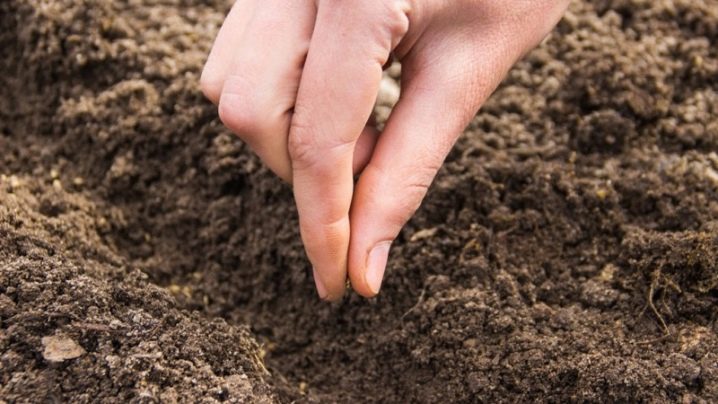
The soil
Prepare the site before planting. This should be a well-lit place, while protected from wind and other adverse conditions.... Radish loves loose soil, so take care of its condition before planting sprouts. It must be dug up properly, thereby saturating it with a sufficient amount of oxygen. In such a substrate, it is much easier for a plant to grow and take roots, strengthening and gaining strength. So the radish will quickly get used to a new place and will bear fruit faster.
The soil should not be characterized by high acidity, pre-neutralize it... For this, a liming procedure is used. It will help to reduce acidity at times, which will undoubtedly benefit the plant. If the soil is scarce for mineral or organic substances, vitamins and other trace elements, then fertilizers will be a real boon for the gardener. They will save future crops and improve the condition of the land for future planting.
For root crops, it is best to fertilize the soil with humus, since it will saturate the soil with all the necessary substances and will not make it too vigorous and concentrated, while manure is not suitable for such purposes.
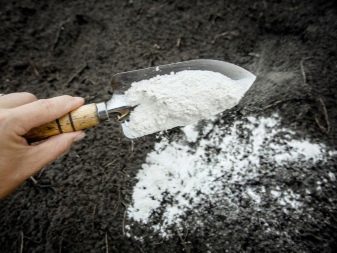

A place
The right place is the key to a good harvest... For radishes, it is extremely important to choose a favorable neighborhood, since some plants do not get along in the same garden. Without knowing this, you can make many mistakes that completely negate interest in the further cultivation of this crop. So, radish grows well after tomatoes or potatoes. Such a neighborhood will enrich the soil for the further development of the root crop and will help to grow and develop many times faster. However, if turnip, cabbage or radish grew on the site before the radish, then the harvest may not meet your expectations. In this case, you will have to select another, more favorable place.
This factor plays one of the most important roles in horticulture. Therefore, it should never be ignored. The site should be prepared in advance. So, a place intended for spring sowing is prepared starting in September. First of all, you need to dig up all the soil, and then carefully fertilize it. During the winter, it will have time to be enriched with all the necessary elements and will be ready for sowing. In order for the radish to grow and develop harmoniously, it is enough to fertilize only the top layer of the soil, since its root system is not very deep. On average, it is enough to fill in trace elements to a depth of 30 cm.

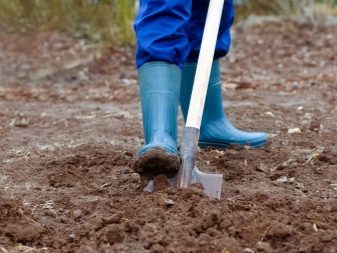
Seed preparation
Before planting radishes in open ground, the seeds go through several stages of preliminary preparation.... Let this vegetable be unpretentious, but carrying out special procedures increases the seedlings several times. First of all, the gardener is faced with the task of selecting the right material. Not all seeds are intended for planting, so the unusable ones have to be disposed of. The material should be large, without visible damage or mold. Rotten and small specimens should be disposed of immediately, as they are unsuitable for planting. Seeds should be fresh, last year or older should not be planted. With a high probability, they will not sprout or the percentage of shoots will be extremely small. The preparation of samples for planting begins in winter. It is recommended to store the selected material in a dry place without access to sunlight.
After you have taken samples, seeds can be soaked... This procedure is optional, but it has a beneficial effect on the quality and quantity of the future harvest. It allows the sprouts to develop in a comfortable environment before entering the open field. By this time, the plant has time to get stronger and take root, which makes it easier to endure more severe weather and climatic conditions. Seed germination is carried out not only in water. Thanks to science, many different preparations are available to the gardener for this procedure. They accelerate the growth of the root system and allow the sprout to receive additional nutrition, which accelerates further development.
To carry out the procedure, you need to pick up a small piece of gauze or cotton fabric... It is in it that the seeds will be soaked. After that, the samples are wrapped and moistened abundantly with water or solution to accelerate growth. The proportions for the dilution of the drug can be found on the product packaging. After 12 hours, the seeds are removed, after which they are suitable for planting. You should first dry the seeds on a dry cloth, but it is not recommended to leave them in the open sun or in an overly stuffy room. Seeds that have been soaked should in no case be stored any longer, but it is recommended to plant them immediately. If this is not done in time, then all the material you have prepared will deteriorate, and you will no longer be able to sow it. You just have to purchase new samples and start over.
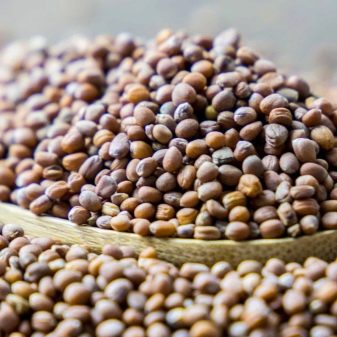

Landing schemes and rules
Radishes do not require a lot of space. This plant only needs a small piece of land to give a good harvest. The distance between the holes with seeds should not exceed 4-5 centimeters, this is quite enough so that the seedlings do not interfere with each other's growth and gain strength. In order to plant the root crop correctly, it is necessary to excavate the furrows for planting in advance, they can be quite narrow. The main thing is to leave a convenient passage between the furrows, this will greatly facilitate the process of collecting vegetables. The depth to which radishes should be sown rarely exceeds 2 centimeters. This planting will allow the plant to grow faster.
A good way to place the seeds is by planting on toilet paper. The seeds are wrapped in paper and buried shallowly into the ground. Due to the fact that this material is easily decomposed, it will not interfere with seed germination, but will only accelerate growth. Such a device is easy to get and easy to use, but it gives good results. Before planting seeds, it is recommended to choose the right fertilizer. It should contain many useful trace elements that will enrich the soil, making it more fertile. The previously soaked seeds sprout about 5-7 days.
It takes 40-45 days to fully ripen the fruits.
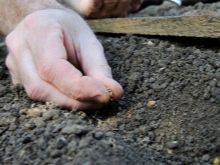


Further care
Radish does not tolerate close neighborhood... It can significantly damage the root system of the plant. This is fraught with a heterogeneous structure of the fetus, loss of taste, external mutation, or, in extreme cases, the death of the sprout. To avoid this kind of problem, it is recommended to plant the seeds a short distance apart. This will help the plants not interfere with the growth of their neighbor's root system. However, it may happen that the planting is too dense. There is a radical method of struggle for this problem. To clean the planting from excess growth, it is necessary to remove the smallest seedlings after watering. At the same time, it is recommended to leave only the largest and healthiest sprouts. This will save the space your plants need.
The most sensitive and important part of the radish is the root. The main task of the gardener is its preservation. But a ripe fruit is a tasty and affordable piece for pests. One of the main threats is the bear. It is not difficult for this insect to get close to the root and destroy it completely. There are many ways available to keep the fetus intact. Most often, poison is used to exterminate the bear. It does not pose a threat to humans, but it is destructive to the pest. As a rule, it is laid during planting along with fertilizer. First of all, the parasite absorbs it and no longer has time to get to the fetus itself.
The leaves of the plant themselves are also at risk. They can be prone to drying out, loss of color or shape, and the formation of mold. Unfortunately, with improper care, this is a fairly common occurrence. To cure a sick bush, you first need to get rid of the infected leaves. After that, other plants should be examined for the occurrence of infection. The affected areas are treated with soapy water or a specialized drug.
If the treatment does not work, then the diseased sprout is completely uprooted in order to prevent an epidemic and the death of the entire crop.
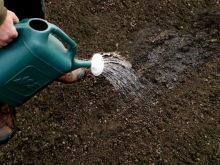








The comment was sent successfully.